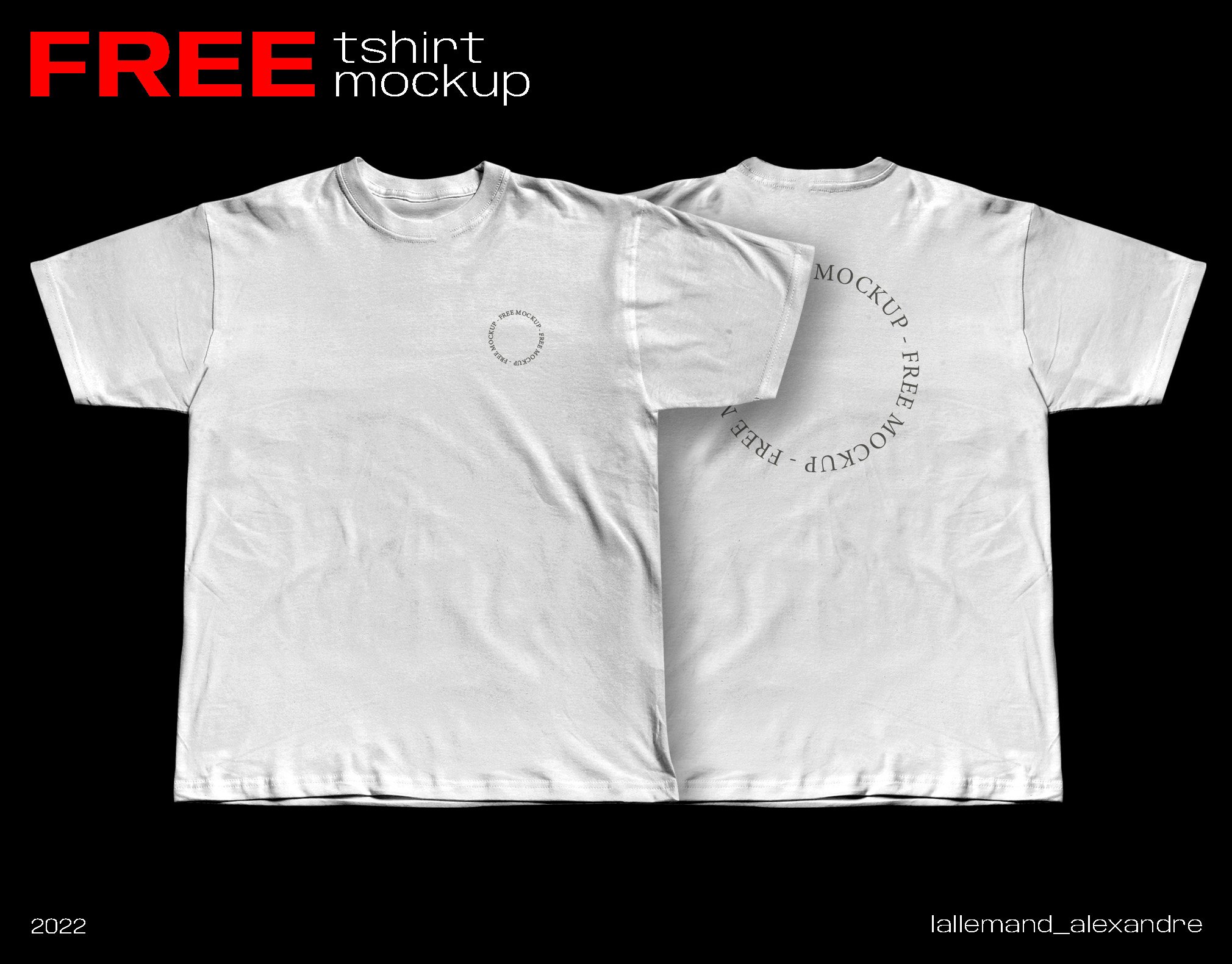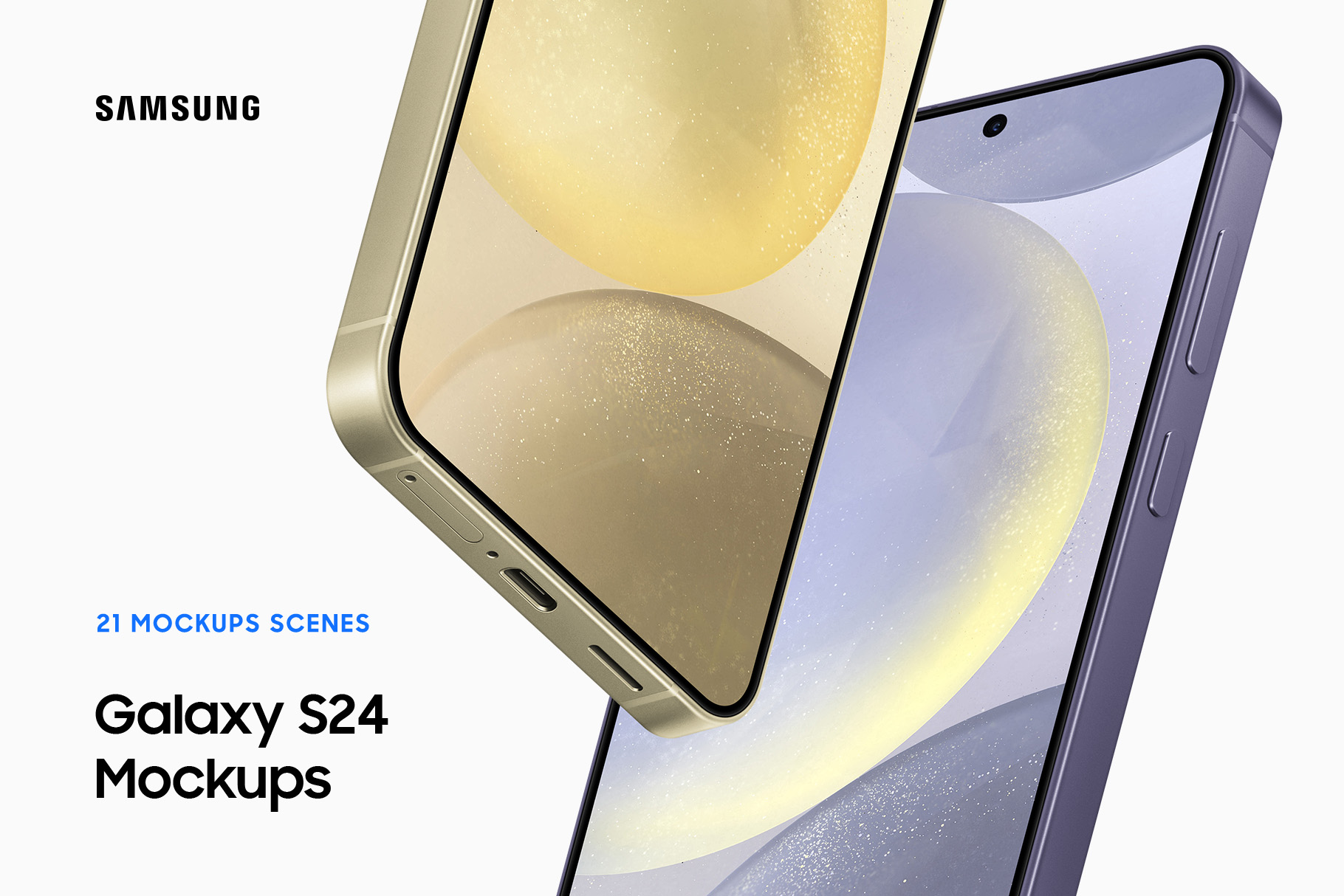Description
Session 36, Digital Painting: Stuff I Wish I Knew 10 Years Ago Part VI: “Your Workspace Is Where The Heart Is” is a three video session in which I’ll explore characters, environments, and world design. The theme revolves around using photoshop tools to paint more accurately, precise and consistent. I’ll discuss guidelines for coherency as well as art direction techniques to elicit emotional responses to your work based on design decisions.*SIX of an Eight Part SeriesHere is everything you get!!-THREE Structured HD Video Tutorials with commentary, annotations, and detailed process demonstration:1) Your Workspace Is Where The Heart Is Lecture: (29 min.)2) Skye Castles (35 min.)3) Forbidden (24 min)-Explanations and demonstrations on stylization process, color application, and step by step instruction on all things design.4) Process Video Timelapse (3 MOVs)5) Full Res Images (4 JPGs)5) Raw PSD Files, including all layers!!! (4 PSD Files) 6) Assignments for Practice7) BrushPack 3.0: Some of my favorites plus some bonus brushes8) Texture Brush Set: Some of my favorite Material brushes9) Recommended Book List PDFYou’ll learn:-to design your workspace efficiently-to build a digital workspace to utilize tools and functions-to color pick and harmonize with premeditative and exploratory techniques-to design character and enviro centric compositions-to light with channels-to create your own masks and adjustment layers efficiently-to paint faster-to economize your layers-to stylize designs in color and light-to identify which adjustment layers are best to use and when-to break down good and bad design-to proportion a character in appealing ways-to exaggerate or push a design-to balance design using the rules, principles and elements of design-to use color as a design-to gain inspiration through art history-to research reference images effectively-to embrace lighting as a design element-to emphasize volume with fill and rim light-to paint light direction into form-to build shapes conducive to appeal-to reveal form using shadow shapes-to create a story moment-to paint characters within a scene-to light a scene using literal warm and cool lights-to paint with active and passive color-to build up a focal point-to light a scene using an off screen light source-to create rhythm/balance within your work-to build a composition from line, shapes, patterns and temperatures-to conceptualize ideas for an executive or director-to compose a final “moment” with color and light-to render complex shapes-to retain vivid colors from rough to finish-to add final touches using modes and PS adjustment layers-to provide the best option for presentation-to commit to an idea and carry it through-to facilitate coherent technique throughout a piece










Reviews
There are no reviews yet.